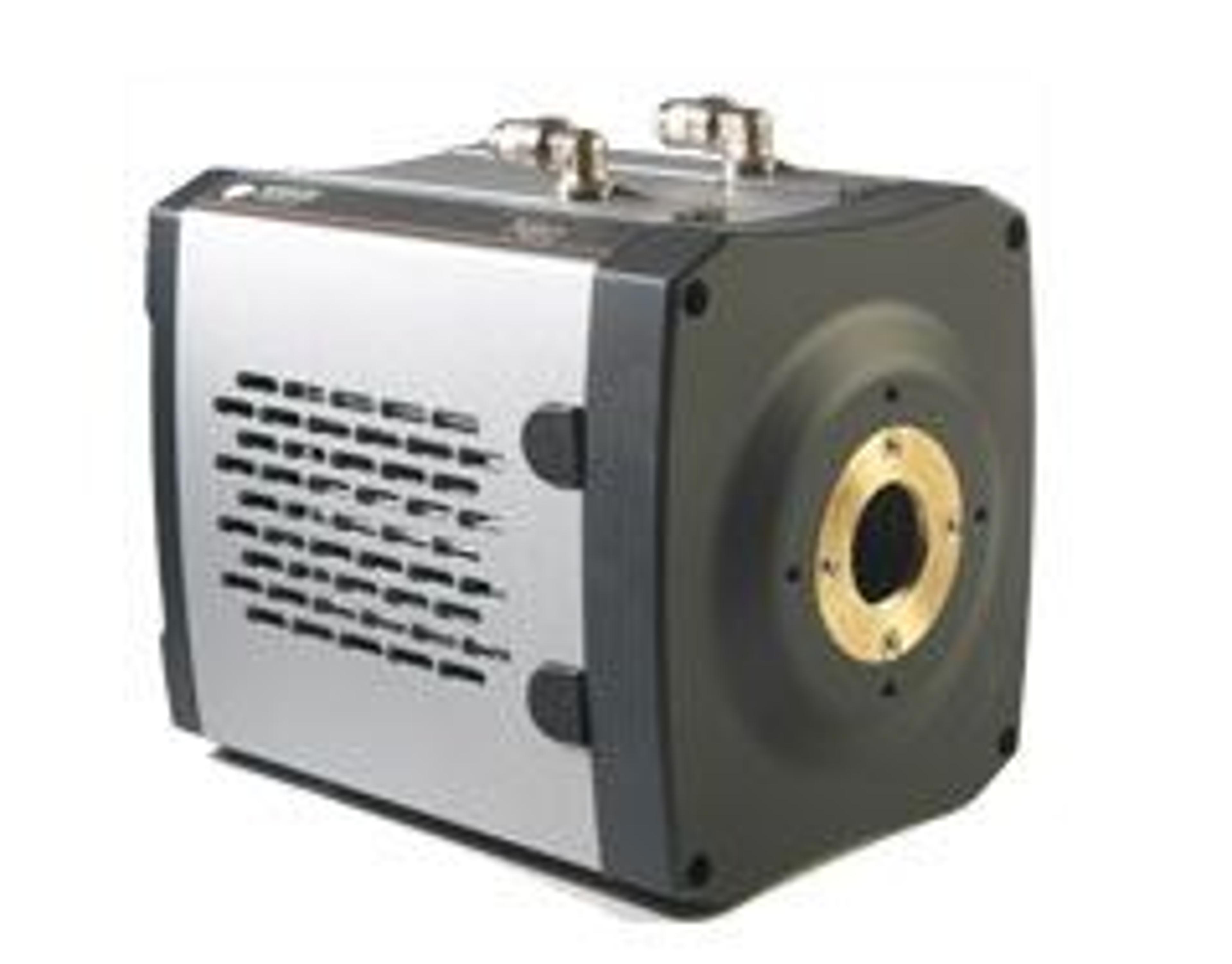A Comparison of sCMOS and EMCCD Digital Camera Technologies for Spinning Disk Confocal Microscopy
A Comparison of sCMOS and EMCCD Digital Camera Technologies for Spinning Disk Confocal Microscopy
6 Sept 2015A promising development for scientific imaging is the improvement of complementary metal oxide semiconductor (CMOS) sensors. These devices have progressed to a point that makes them suitable for biological microscopy. Recently, a series of review articles and technical “white paper” reports discussing the merits of scientific CMOS (sCMOS) camera technology for biological microscopy have appeared in various periodicals, each written by a representative of the several reputable scientific camera manufacture companies. It has been suggested that the latest generation sCMOS cameras have the potential to out-compete or even supplant electron multiplication CCD (EMCCD) cameras, which to-date have been established as the leading imaging detector technology for low-light biological microscopy applications. This application note provides an overview of the cited benefits of sCMOS cameras over existing camera technologies.

